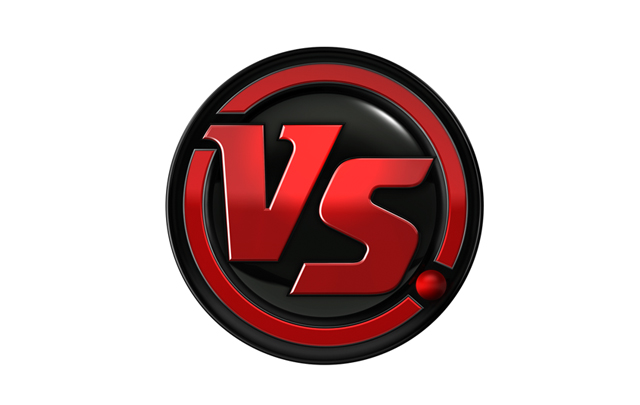Battle Of The Bulbs - LEDs Vs CFLs
Posted by Amit Soni on 22nd May 2015
 For many years now, CFLs (compact fluorescent lamps) have established themselves as energy efficient, low energy or energy saving bulbs.
For many years now, CFLs (compact fluorescent lamps) have established themselves as energy efficient, low energy or energy saving bulbs.
The emergence of LEDs (Light Emitting Diodes) as a lighting solution has now given people two options for low energy lighting. In reality though, there’s only one choice.
CFLs
The claims that these are the premier energy saving bulbs on the market no longer holds true, as LEDs are now more efficient – up to double the efficiency.
What many people don’t realise is that CFLs contain mercury, which is a really harmful substance. On average, a single CFL contains about 4mg of mercury.
There are a few problems with this. The first is if you drop the bulb and it breaks open, leaking the mercury. This is quite bad for your internal organs, immune system and brain if inhaled.
The other problem is with disposal. CFLs shouldn’t be included with your household waste and can’t be recycled either. The only way to get rid of a CFL properly is at a special disposal centre.
You can find your nearest CFL disposal centre here.
Another issue with CFLs is that they take a long time to “warm up” and reach maximum brightness. On average, it takes 30 seconds or longer for a CFL to reach full brightness. This is because it needs to heat a sufficient amount of mercury after you’ve switched it on.
The quality of light is also poor, making everything look washed out and dull.
The quality of this light also diminishes quickly over time too, adding additional maintenance costs.
LEDs
LED lights have been around longer than most think – since 1962! They were originally used for indicator lights in computers and other electrical appliances. Only recently have they been developed into products for general purpose illumination.
As we mentioned earlier, LEDs are significantly more efficient than CFLs, and use roughly 50% of the consumption. They also don’t contain any dangerous chemicals like mercury, unlike CFLs. This means that they last up to 2 times longer than fluorescent bulbs too.
As LEDs use a semiconductor, as opposed to filament or gas, it doesn’t need to heat any specific components to reach full brightness.
Better yet, LEDs are available in a much wider range of colours and options, making them far more versatile than CFLs. LEDs don’t need any filters to emit different colours, and are available in so many different wattages, so there’s bound to be a light that’s perfect for you.
It could be argued that CFLs have the advantage when it comes to price, as LEDs are generally more expensive to buy. The lower energy consumption and longer lifespan however ensures that this additional cost pays for itself – typically within the first year.
You should also consider the fact that the cost of LEDs is set to come down as the technology becomes more widely adopted too.
In the battle of the bulbs, LEDs are the clear winner. Not only do they use less energy compared to CFLs, but they are also free from harmful substances.
For more information or help in finding the right LED bulb for you, just call our customer service team on 0116 321 4120.





